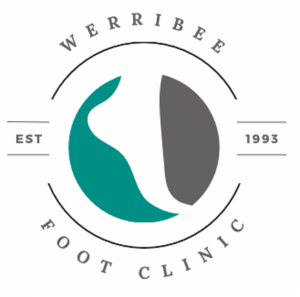Patellofemoral pain, Adolescents and Footwear
I have just read a great article in Asics Medical which discusses the role of footwear, orthosis and strength and conditioning to treat patellofemoral pain in adolescence. This is pain around the knee cap. Essentially it states footwear and orthotic prescription should be based on an individuals biomechanics and foot posture. Consider consulting with our Podiatrists if you have pain in the knee cap or would like to help prevent this with correct shoe selection. The following is the conclusion from the article.
So what should you do to prevent PFPS? (Patellofemoral pain syndrome)
‘It seems from the available evidence that to try and prevent PFPS, particularly in females, a good strength and conditioning program that targets the hip, knee and ankle musculature is needed, potentially augmented with foot orthotics and knee taping. Proper running retraining that avoids excessive hip adduction and knee valgus may also be helpful, and clinicians should also consider which footwear types may be the most suitable. In particular, although the link between footwear and PFPS clinical symptoms is still unclear, biomechanical studies suggest a high supportive shoe (which will also likely possess a higher pitch, or heel to toe height) may increase the compressive forces around the knee. However, it’s important to remember that the flip side is that ankle and Achilles tendon forces are reduced in these types of footwear. So as always, shoe prescription for common lower limb injuries needs to be considered on an individual basis.’
References
1. Blond L, Hansen L. Patellofemoral pain syndrome in athletes: a 5.7-year retrospective follow-up study of 250 athletes. Acta orthopaedica Belgica. 1998;64(4):393-400.
2. Fairbank JC, Pynsent PB, van Poortvliet JA, Phillips H. Mechanical factors in the incidence of knee pain in adolescents and young adults. The Journal of bone and joint surgery British volume. 1984;66(5):685-93
3. Crossley, K. M., et al. (2016). 2016 Patellofemoral pain consensus statement from the 4th International Patellofemoral Pain Research Retreat, Manchester. Part 2: recommended physical interventions (exercise, taping, bracing, foot orthoses and combined interventions). Br J Sports Med.
4. Noehren, B., et al. (2011). The effect of real-time gait retraining on hip kinematics, pain and function in subjects with patellofemoral pain syndrome. Br J Sports Med 45(9): 691-696.
5. Bonacci J, Vicenzino B, Spratford W, Collins P. Take your shoes off to reduce patellofemoral joint stress during running. British journal of sports medicine. 2014;48(6):425-8.
6. Sinclair J. Effects of barefoot and barefoot inspired footwear on knee and ankle loading during running. Clinical biomechanics (Bristol, Avon). 2014;29(4):395-9.
7. Barton, C. J., et al. (2011). Effects of prefabricated foot orthoses on pain and function in individuals with patellofemoral pain syndrome: a cohort study. Phys Ther Sport 12(2): 70-75.
8. Almonroeder, T. G., L. C. Benson, et al. (2015). Changes in patellofemoral joint stress during running with the application of a prefabricated orthotic. Int J Sports Phys Ther 10(7): 967-975


Leave a Reply
Want to join the discussion?Feel free to contribute!